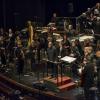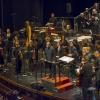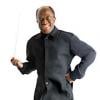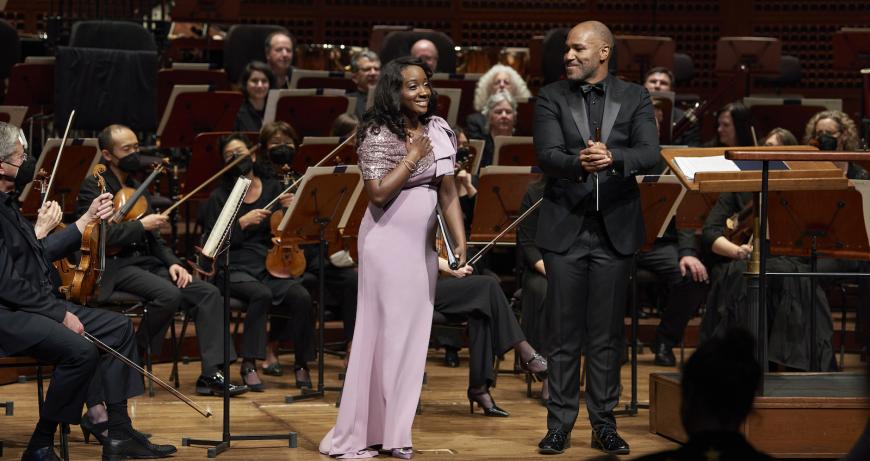
In the end, it took three conductors to handle the concert that Michael Morgan had set for himself. The performances at SF Symphony last weekend were led by Earl Lee, Akiko Fujimoto, and Daniel Bartholomew-Poyser. Lee and Fujimoto made their debuts here, while Bartholomew-Poyser, who is the orchestra’s resident conductor of engagement and education, was conducting his first subscription concert.
Morgan was so idiosyncratic in his programming style and so widely versed in music that perhaps it was necessary to replace him with three people, but the conductor, who died unexpectedly in August, was a passionate promoter of young talent, so the Symphony’s decision to call on younger conductors was also a respectful tribute to the man himself. The vocal soloist engaged by Morgan, Melody Wilson, also made her SF Symphony debut with these performances
Unusual as the arrangements were, the orchestra’s musicians handled both the varied conducting styles and the music with an ease that belied the challenge: The program included three pieces new to the orchestra and also a rarely performed tone poem by César Franck. And the excellent technique and preparation of the conducting trio caused each piece in this showcase to pop vibrantly with its own colors.
Amid all this diversity, Timothy Higgins’s trombone tone, with the support of his brass-playing colleagues, was a unifying sound. He began Carlos Simon’s Amen! with a highly idiomatic and fat-toned reading of the striking solo that opens the piece. The 35-year-old composer says that his piece comes out of an immersion in gospel music at Pentecostal church services, and it comes at you with an abundance of character and a wide variety of percussion instruments. The 13-minute piece is well-behaved, however, with a contrasting middle section and a third section that incorporates varied repeats of the first section. The scoring is effusive but not cluttered. It’s a perfect advertisement for Simon as a composer. Earl Lee found the score’s expressive heart and conducted it with gusto.
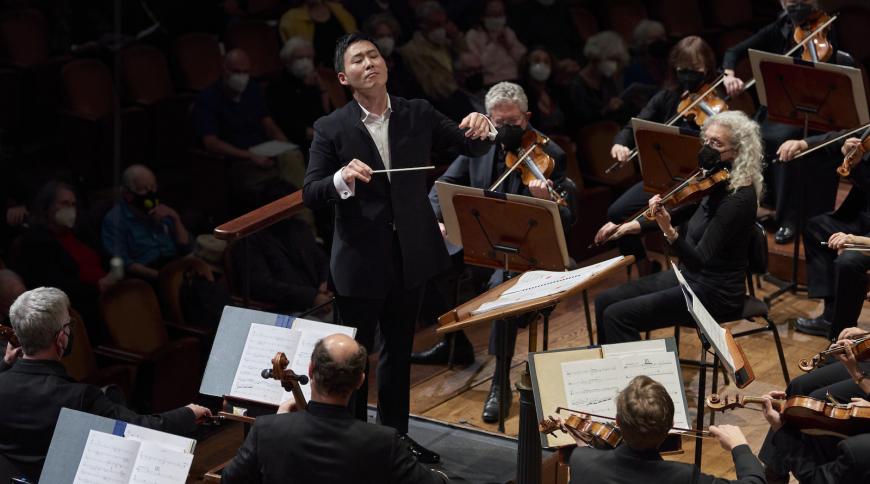
Fujimoto had the task of leading Florence Price’s Symphony No. 3 in C Minor (1939), a work Morgan always pointed out, jocularly, that he had championed before it became the thing to do. Price’s work is not easy to compass. It has oddities such as a final movement that is filled with dramatic starts and stops and a long, searching coda that amounts to a second development section. The whole work is filled with strong contrasts and sometimes odd proportions but also some beautiful and clearly articulated themes with which Price brings out the work’s larger ideas. The first movement’s gorgeous (spiritual-influenced?) theme, led by another masterful solo from Higgins, becomes the focus of the movement once it reaches a climax in the full orchestra. There seems to be a message of conflict followed by religious consolation that structures this movement and informs the rest of the work.
Fujimoto’s extensive preparation was in evidence everywhere in the performance — even if you did not hear her speak about it in the conversation led by the evening’s preconcert lecturer Bill Doggett — and her coherent vision of the piece resulted in a stirring performance worthy of Morgan himself.
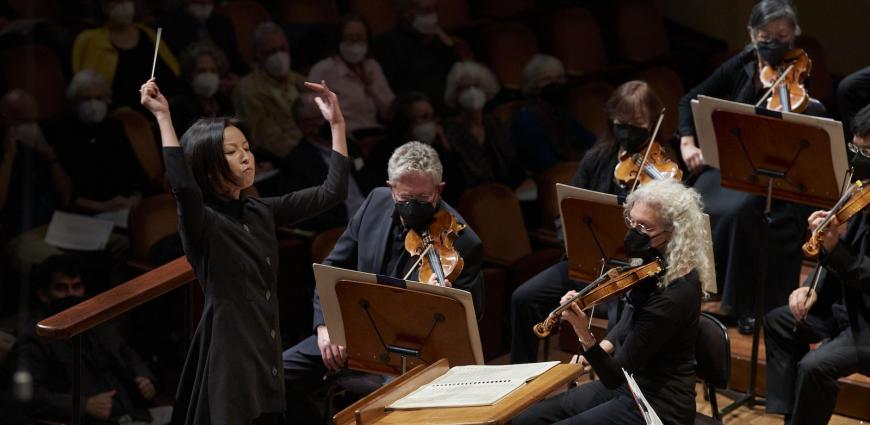
The central part of the concert excised the heavy brass and percussion of the first two works but did not lose intensity for that. Mezzo-soprano Melody Wilson showed off a beautiful voice and well-honed technique in Brahms’s Alto Rhapsody, joined by the men of the SF Symphony Chorus. Bartholomew-Poyser conducted a committed, expressive performance. The same forces were used in composer Jack Perla’s excellent arrangements, commissioned by Morgan, of three American religious songs: “My Soul’s Been Anchored in the Lord,” “Give Me Jesus,” and “Come Thou Fount of Every Blessing.” Wilson was again the mesmerizing soloist.
Lee returned to the podium to lead Franck’s Le chasseur maudit (The accursed hunter), based on a folktale of a nobleman who defies the Sabbath in order to go hunting and is thereby cursed to be chased to hell by demons. The brass was back and immediately in evidence from the horn calls that open the piece, and later by Higgins and his fellow trombonists sounding the curse theme. Franck’s formal sense is too strong to be derailed by the demons, and this is one of those pieces that delights both in its details and its overall trajectory. Lee was in complete command of its ins and outs, and the orchestra’s playing was secure and motivated. The Symphony may have given better overall performances this season, but Friday night’s smallish audience certainly couldn’t complain about routine.


